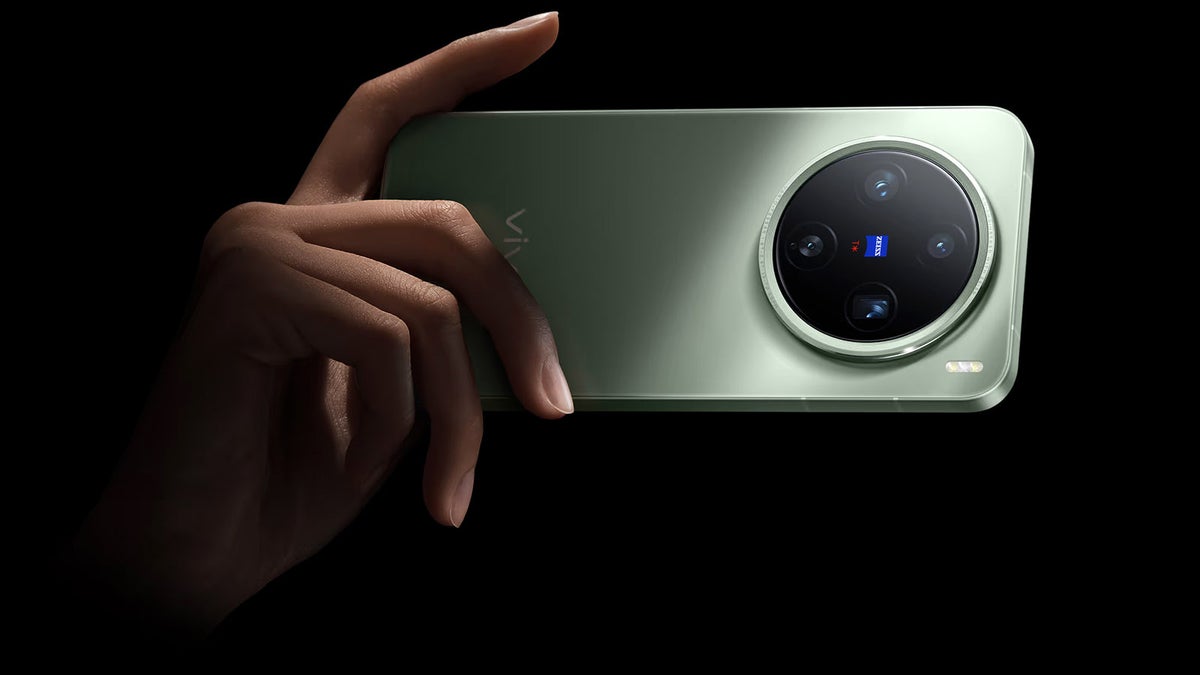By now, it is gradually becoming clear that Apple and Samsung are either not willing, or unable to take the last step in making their expensive phones truly high end to match their $1000+ pricing.
Granted, Apple finally brought periscope zoom camera to its most expensive iPhone Pro line, while Samsung has had folded optics lenses on its Ultra line of flagship handsets for a while now. The processing power and display quality of the Apple or Samsung flagship phones are also top-shelf, so that leaves just one key area that they are woefully behind even midrange phones of other brands in the top 5 of the world’s largest smartphone sellers.
iPhones and Galaxies jump the battery shark
Still, those capacities are actually not that bad, since Apple has the advantage of vertical software and hardware integration that makes the iPhone power-sipping, while Samsung compensates with the larger battery size.
Where the expensive $1,000+ iPhones and Galaxies jump the shark, however, is charging those same relatively small batteries. It is a dreadful state of affairs with those two, but Apple is the worst offender when it comes to charging speeds.
As you can see in our benchmarks test above, it takes more than a hundred minutes to charge its battery pack that is the size of what midrange phones now use. Not that the Galaxy S24 Ultra crosses the one-hour charging mark southwards, but at least it offers 45W charging speeds against the 27W of the iPhone.
For comparison, we’ve tested phones like the Xiaomi 14T Pro whose 120W wired charging speeds take its 5,000 mAh battery from depleted state to 100% in 23 minutes, or the Oppo Find X7 Ultra that comes with 100W charging and does the same twice faster than the Galaxy S24 Ultra.
That’s not even mentioning wireless charging, where most flagship phones from the Chinese juggernauts now come with 50W inductive charging speeds, faster than the wired charging on both the iPhone 16 Pro Max and the Galaxy S24 Ultra. The Chinese brands keep piling on, though.
Vivo 200 Pro mini puts the iPhone 16 Pro Max and S24 Ultra to shame
The world’s largest battery maker CATL from which most Chinese brands source their packs is so far ahead in cell chemistry and mass production that it has supplied batteries that charge in less than 30 minutes while offering twice the iPhone’s battery life cycle.
The Oppo Find X7 Ultra battery, for instance, charges in half an hour and is still guaranteed to go through 1600 charge-discharge cycles before its capacity drops to 80% of the original, compared to 1,000 cycles for the iPhone 16 Pro Max.


The X200 Pro mini is svelte and still packs a formidable punch. | Image credit – Vivo
Adding insult to injury, the mini Vivo comes with 90W wired and 50W wireless charging speeds, meaning that the much larger battery can also be topped up much faster than anything that Apple or Samsung can currently muster.
In a nutshell, whether a deliberate “salami” tactic to only introduce incremental improvements in the vicious annual upgrade cycle, or simply because they can’t, Apple and Samsung are falling so far behind everyone else in charging speeds and battery size for the capacity that their only savior is the limited global availability of their competitors.
